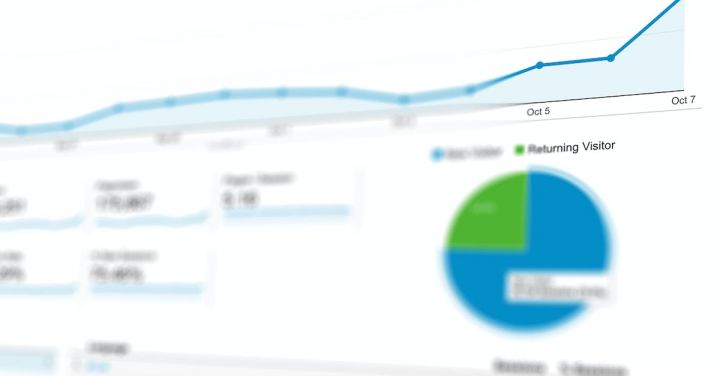Risk assessment is an essential skill in both personal and professional life. It allows us to identify potential dangers, make informed decisions, and take necessary precautions. Whether you are starting a business, investing in the stock market, or simply crossing the street, understanding and mastering the art of risk assessment can greatly enhance your chances of success and survival.
The first step in mastering risk assessment is to develop a comprehensive understanding of the risks involved. This requires gathering relevant information and analyzing it objectively. It is important to consider both the probability of an event occurring and the potential impact it may have. By evaluating the likelihood and consequences of different risks, we can prioritize our actions and allocate resources effectively.
Once we have identified and analyzed the risks, the next step is to determine our risk tolerance. Risk tolerance refers to our willingness to accept certain levels of risk in pursuit of our goals. This is a highly individualized concept and can vary greatly from person to person. Factors such as age, financial situation, and personal preferences all play a role in determining our risk tolerance. Understanding our risk tolerance allows us to make decisions that align with our comfort levels and minimize unnecessary stress.
In order to master risk assessment, it is crucial to develop a proactive mindset. Rather than simply reacting to risks as they arise, we should strive to anticipate and mitigate them in advance. This requires a combination of foresight and preparedness. By identifying potential risks early on and implementing preventive measures, we can significantly reduce the likelihood and impact of negative events.
One effective strategy for proactive risk assessment is the use of risk matrices. A risk matrix is a visual tool that helps us evaluate and prioritize risks based on their likelihood and impact. By plotting different risks on a matrix, we can quickly identify high-priority risks that require immediate attention. This allows us to focus our efforts on the most critical areas and make informed decisions accordingly.
Another key aspect of mastering risk assessment is the ability to adapt and learn from past experiences. Risk assessment is not a one-time event, but an ongoing process. As we navigate through life, new risks will inevitably emerge, and our understanding of existing risks may evolve. It is important to continuously evaluate and update our risk assessments based on new information and feedback. By learning from our mistakes and successes, we can refine our risk assessment skills and make better decisions in the future.
In conclusion, mastering the art of risk assessment is a valuable skill that can greatly enhance our ability to navigate through uncertain situations. By understanding and analyzing risks, determining our risk tolerance, adopting a proactive mindset, and utilizing tools such as risk matrices, we can make informed decisions and take necessary precautions. Continuous learning and adaptation are also essential in refining our risk assessment skills over time. By mastering the art of risk assessment, we can minimize potential dangers and maximize our chances of success and survival in both personal and professional endeavors.



